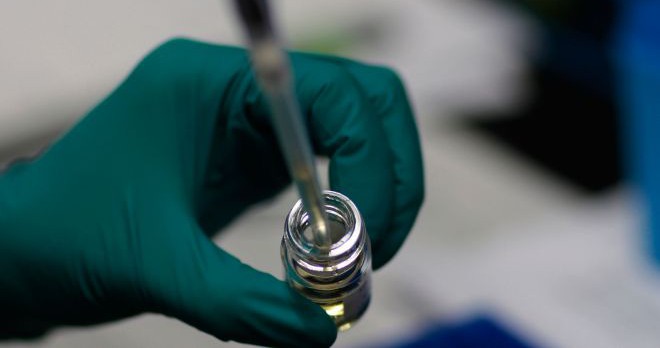
In recent years, several clinical trials have shown that HIV vaccines can “backfire”, leading to a harmful immune response and increased rates of infection. Now, a new study has uncovered a straightforward explanation for this backfire effect: vaccination may increase the number of immune cells that serve as viral targets.
In a nonhuman primate model of HIV transmission, higher levels of viral target cells in gateway mucosal tissues were associated with an increased risk of infection, the study found.
The findings, published in the Proceedings of the National Academy of Sciences, suggest that vaccine researchers, when evaluating potential HIV/AIDS vaccines, may need to steer away from those that activate too many viral target cells in mucosal tissues.
“One of the reasons why it has been so difficult to make an AIDS vaccine is that the virus infects the very cells of the immune system that any vaccine is supposed to induce,” says senior author Dr. Guido Silvestri, chief of microbiology and immunology at Yerkes National Primate Research Center.
A large part of the HIV/AIDS vaccine effort has been focused on developing vaccines that stimulate antiviral T cells. T cells come in two main categories, defined by the molecules found on their surfaces. CD8 is a marker for “killer” cells, while CD4 is a marker for “helper” cells. CD4+ T cells are known to be primary targets for HIV and SIV (simian immunodeficiency virus) infection, while several studies have proposed that CD8+ T cells could be valuable in controlling infection.
In this study, Dr. Silvestri and colleagues immunized rhesus macaques with five different combinations of SIV vaccines. The monkeys received booster shots following their initial immunization at 16 and 32 weeks.
The vaccines in the study deviated from the norm for SIV vaccines because they encode the SIV proteins on the inside of the virus only. The researchers did this as part of what they call a “reductionist approach,” to test the effects of cell immunity to the virus without stimulating the production of neutralizing antibodies.
High levels of activated CD4+ T cells hamper protective effects of vaccine
Following immunization, the rectums of the monkeys were exposed to SIV once per week, up to 15 times in total. The team found that the immunization did not generally prevent SIV infection. Although “killer” CD8+ T cells were detected circulating in all the immunized monkeys, the researchers found no correlation between these levels of CD8+ cells and reduced likelihood of infection.
The most important result, however, was that the monkeys that became infected had higher levels of activated CD4+T cells in rectal biopsies before challenge, says Dr. Silvestri.
“This study shows that if a vaccine induces high levels of activated CD4+ T cells in mucosal tissues, any potential protective effect of the vaccine may be hampered,” he explains.
The study emphasizes the unique challenges that HIV poses in terms of vaccine development, and the importance of pursuing vaccine concepts and products that provoke a strong antiviral immune response without increasing the number of “helper” CD4+ T cells in portals of entry for the virus.
